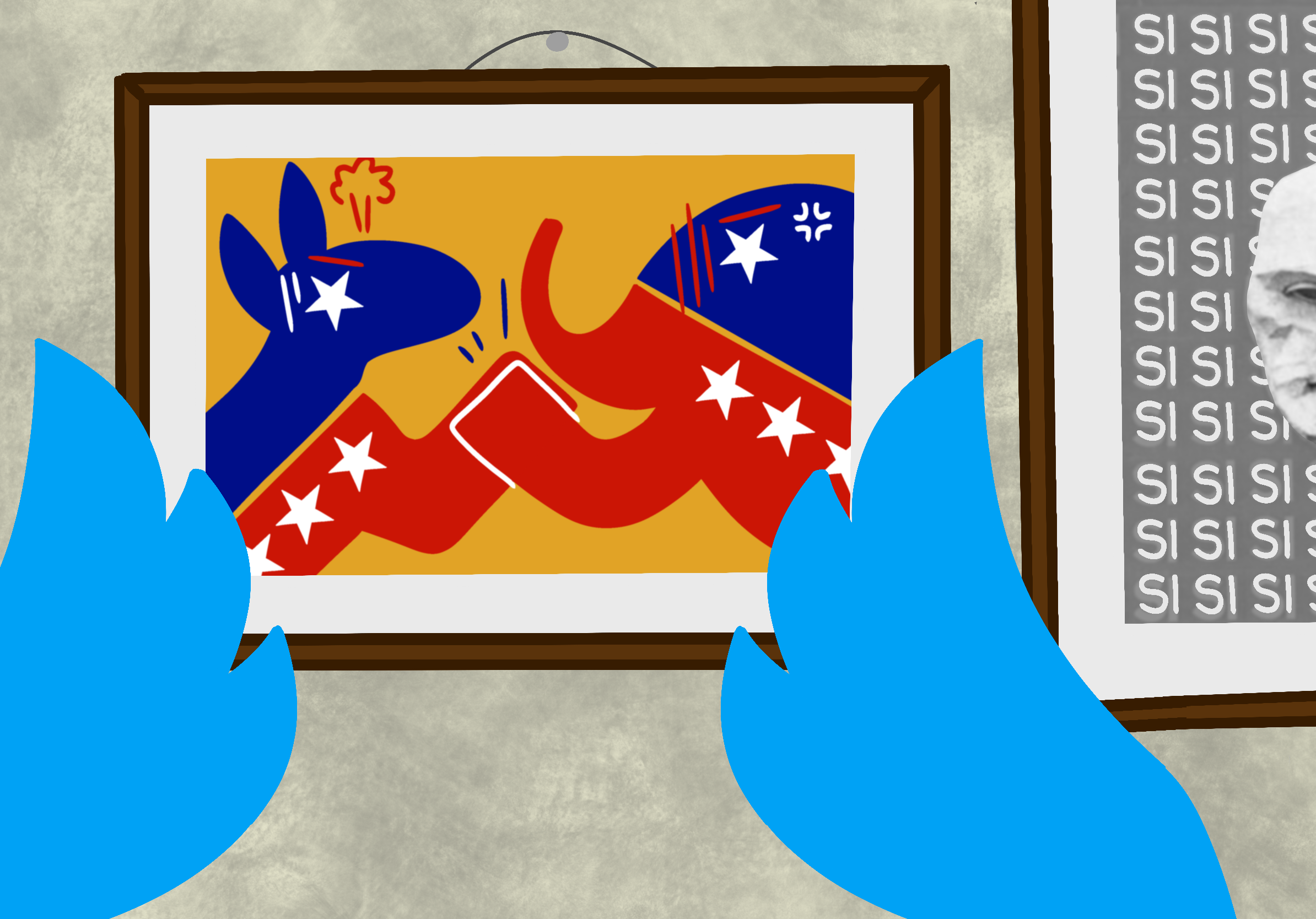
The film industry works off a simple truth: sex sells. It’s Hollywood’s golden goose that they are not planning to give up anytime soon. Somewhere along the line, however, this relentless quest to titillate has turned into a formulaic routine. It's the same shallow and predictable content being churned out over and over again, portraying sexuality as a spectacle rather than anything substantial.
Paradoxically, this cycle has made contemporary cinema lose sight of what makes sexuality on screen meaningful and deeply human.
The term “oversexualisation” is tossed around quite a bit these days, but what does it really mean? This word does not only encompass characters that are naked, or those that are engaging in frequent erotic acts (although that is certainly part of it). Oversexualisation is about a specific way that cinema treats bodies – especially female bodies – as objects. They are shown as thrills to be consumed rather than stories that should be experienced. Simply put, it is the difference between when a camera lingers meaningfully on characters to show their desire and intimacy, and one that just… lingers, period.
Take Emerald Fennell’s Promising Young Woman (2020), for example. This film is a case study in how sexuality can be wielded as a weapon; the manner in which it can be a challenge to predatory masculinity that seduces and unsettles at the same time. Fennell’s work excels in a rare feat of blending overt sexiness with witty criticism. It is layered and full of contradictions. Exactly the kind of “sexuality with fleshiness” cinema needs more of.
But then you look the other way, at a significant chunk of what mainstream cinema has to offer, and it often feels like we are stuck in a loop. The camera zooms in on cleavage or chiseled abs, like a salesman showing off the latest model. Magic Mike is a great example of this – while some might celebrate it as a male empowerment fantasy, the franchise essentially replicates the same commodification applied historically to women. It is less about character and more about the spectacle. A lot remains to be said along those lines, especially with movies like 365 Days existing, movies that are nothing but a blend of toxic romance and borderline softcore pornography marketed as “sensual drama.”
The presence of sexuality itself is not the eccentric part here, it’s the way in which it is curated; the endless replication of the male gaze. Laura Mulvey has a theory that still rings true: cameras are made to fetishize and dominate female bodies, turning women into an object for male desire. Ever since the #MeToo cultural movement, parts of Hollywood have been reshaped. Unfortunately, however, the blueprint still remains largely the same. Old habits are hard to break.
The controversy around the recent Wuthering Heights (2026) adaptation trailer is a case study in this dynamic. The promotional material leaned heavily into eroticism, sparking debate about whether it honored the novel’s Gothicism or reduced it to an oversexualized exhibition. Critics argued that the focus on sensuous imagery overshadowed the story’s rich themes of class conflict and torment.
It gets even trickier when we bring in intersectional layers. The sexualisation of racialised bodies – Asian women depicted as “dragon ladies” or “lotus blossoms”, women of colour hypersexualised since the dawn of cinema – reflects centuries of oppression that continue to find new shapes and forms on the big screen. Here, sexualisation is never neutral. It is loaded with years of historical and political weight, whether the ones who make these acknowledge that or not.
Another trend that has begun to evolve and is a tad bit surprising is the increased sexualisation of men. Hollywood’s way of responding to feminist critiques basically looks like: “If women are getting objectified in our movies, that’s okay! Let’s objectify men too!” But flipping the script isn’t the same as rewriting the story. Titles like Saltburn and Magic Mike parade male bodies with just as much styled emphasis, yet often sidestep the deeper questions that beg to be asked, of emotionality, identity, and vulnerability.
Thankfully, there does exist a silver lining. Not all cinema is caught in this loop of oversexualisation. Independent and art-house films offer a hopeful contrast. Movies like Céline Sciamma’s Portrait of a Lady on Fire or Luca Guadagnino’s Call Me By Your Name (despite some critiques) do an excellent job of showcasing desire without pandering to fetish. They insist on seeing their subjects as people, not props.
At its very core, oversexualisation in cinema boils down to a bigger question. What does it mean to see someone, not just look at them? Is sexual imagery serving the story, illuminating the human condition, or is it just there to fill seats and hit streaming clicks?
We are now at a crossroads. The film industry can either keep churning out glossy sex scenes that offer hollow entertainment, or it can push out stories where flesh isn’t just flesh but the site of real complexity and connection. This means questioning who gets to tell stories about which bodies, hiring diverse voices behind the camera, and most importantly, fighting the temptation to reduce characters to mere eye candy.
Perhaps there is a balance to be found. A middle ground where sexualised imagery can serve as cultural commentary but also operate within an industry that rewards overtness with visibility and profit.
Until then, the industry will continue to be saturated with hypersexualised content. From streaming series to blockbuster movies, sex often sells, mostly at the expense of narrative depth and character agency. As an audience, we must do the work of looking beyond the flesh and searching for the fleshiness that tells us something real.
The cultural conundrum remains: do we demand art that disrupts conventions or allow ourselves to be passive consumers of this spectacle?



